When you think about recycling, it’s easy to assume that your plastic utensils are safe. After all, they’re made of plastic, right? Unfortunately, the answer is a bit more complicated than that. So, are plastic utensils recyclable?
Most plastic utensils are recyclable because they are made from polystyrene. Polystyrene is a highly-recycled material that can be reprocessed over and over again. However, it’s often mixed in with other types of plastic at recycling centers, which makes it hard to separate out the polystyrene so that it can be used again.
But what happens after you throw away your plastic fork? Well, it will most likely end up in a landfill where it will sit for thousands of years before it breaks down into smaller pieces. The problem with this is that every piece of plastic ever made still exists today; only 5% has been recycled. Let’s find out more about plastic utensils recycling.
- Are plastic utensils recyclable?
- What are plastic utensils made of?
- How to dispose of plastic utensils?
- What to do with unused plastic utensils?
- Can you reuse plastic utensils? Is it safe?
- Where to donate unused plastic utensils?
- How do you stop using plastic utensils?
- Disadvantages of plastic cutlery?
- Are plastic plates recyclable?
- Frequently asked questions
- Conclusion
Are plastic utensils recyclable?
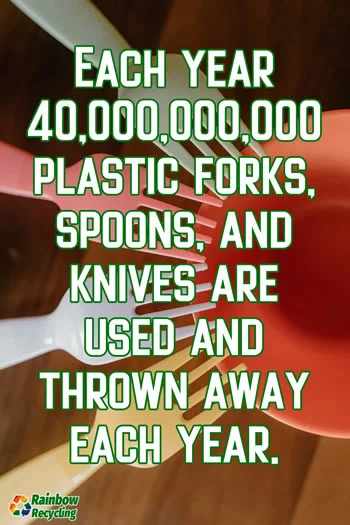
Plastic utensils are recyclable, but they don’t end up in the recycling stream very often.
Recycle plastic utensils are made from polypropylene, which can be recycled in most curbside programs.
However, only a few municipalities have decided to accept them.
The problem is that in most cases, it’s easier and cheaper for companies to simply throw their waste away.
And because utensils recyclable plastic aren’t collected in most cities’ curbside recycling programs, they end up in landfills or incinerators instead of being recycled.
Here are the main reasons why we don’t see often plastic utensils in a curbside program:
- Plastic utensils are not made of one uniform material; they are made of multiple types of plastics that have different melting points and densities. Some plastic spoons may contain more than one type of plastic. This can make it difficult to recycle them because the different types of plastics need to be sorted out before they can be recycled.
- Plastic utensils have an irregular shape that makes them difficult to sort out by automated machinery. They also fall through sorting screens easily because they are lightweight compared to other materials like paper or glass. This means that manual labor is required to remove this type of plastic from the recycling stream and sort them into the proper bin for processing.
- Due to its small size, it easily falls into the machine which can bring more damage than benefit. Therefore, sorting this type of plastic properly requires a lot of time and funds.
What are plastic utensils made of?
So, what are plastic utensils made of? This type of plastic is made of plastics such as polystyrene, PET, or polypropylene.
The majority of plastic utensils are made of polystyrene, which is a type of plastic that’s used to make things like styrofoam.
Polystyrene can be recycled through local recycling programs.
Other plastic silverware is made of PET (polyethylene terephthalate) or polypropylene, which is a type of plastic resin used in food packaging.
This kind of plastic is more resistant to breaking down than polystyrene and can be recycled through your local recycling program as well.
How to dispose of plastic utensils?
If you’re wondering how to dispose of plastic utensils, you have to ask around if knives and forks are accepted in a local curbside program.
In most cases, Plastic knives, forks, and spoons are not accepted in a lot of local recycling programs, so don’t throw them into the garbage.
What to do with unused plastic utensils?
If you’re just an ordinary person, then you probably have a drawer full of plastic utensils. If that’s the case, then you’re wondering what to do with unused plastic silverware. Here are a few ideas for you:
Donate
If you’re feeling really inspired, consider donating your plastic utensils to a local food bank or homeless shelter.
Many shelters only serve food on disposable plates and utensils, and if they don’t have any available, they’ll have to purchase them themselves.
You could make an even bigger impact if you donate some paper plates and napkins as well!
Art project
If you’re not sure what to do with your old plastic utensils, try making an art project out of them!
You could glue them onto a piece of cardboard and make a collage, or even make a mosaic out of them.
Or try using the utensils as part of an art project that teaches kids about recycling!
Save them
If you’re going to be eating in the same place a lot, or you’re going to be eating out a lot, consider saving a few plastic utensils each time you eat out.
You can take them home and keep them in a container or bag to use at home.
Don’t take them from takeaway restaurants
If you’re ordering food from a restaurant, don’t ask for plastic cutlery with your meal.
This can be difficult if you’re eating at a fast food joint, but there are plenty of options available if you want to go reusable instead of single-use, just ask!
Can you reuse plastic utensils? Is it safe?
So, can you reuse plastic utensils? Yes, you can reuse plastic utensils. As long as they are washed in hot water with soap, it’s ok to reuse them.
However, if you’re going to use them for food that will be eaten cold, you should use a different set of utensils for each type of food because bacteria can grow on them even when they’re clean.
You can also use plastic spoons and forks to stir paint. When the paint dries, wash them off in hot soapy water and let them air dry completely before putting them back into your drawer or cabinet where they’ll be stored until next time.
Where to donate unused plastic utensils?
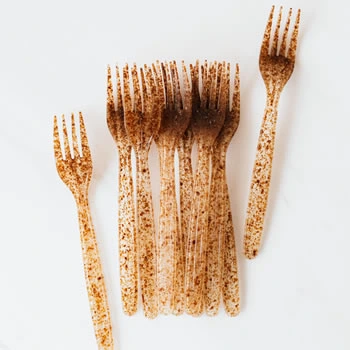
So you have these plastic utensils you don’t want anymore, and you’re not sure where to donate unused plastic utensils, don’t worry about it!
You can donate them to homeless shelters or shelters for people who were displaced by natural disasters.
There are many shelters in your area that will accept unused plastic utensils, including forks and spoons.
You may want to call ahead of time and make sure they take the specific types of plastic utensils you have.
You can also ask if there’s a donation bin in the area, so you don’t have to transport them yourself.
These organizations will put them to good use.
And if you’re worried about the environmental impact of throwing away those plastic utensils, know that they’ll be recycled in a way that’s safe for the environment.
You can also donate unused plastic utensils to schools. Schools often use disposable materials like these for their students’ lunches, so it’s a useful thing for them to have on hand.
If you don’t want to give up your extra utensils yet, consider donating some money in exchange for them instead!
Many organizations accept monetary donations as well as physical goods, and they’ll use that money towards buying more supplies or paying someone else’s expenses.
How do you stop using plastic utensils?
Plastic utensils are convenient, but they’re also harmful to the environment. So, how do you stop using plastic utensils? You need to find an alternative.
There are several options in front of you:
- Carry your own cutlery
You don’t even have to go buy new cutlery, just grab a reusable bag and pack everything you need for the next time you eat out or order delivery
If you don’t have any reusable bags on hand, there are plenty of options available at local stores or online!
- Use edible cutlery
Edible cutlery is made from materials like nuts and seaweed, which are biodegradable and compostable (or even used as fertilizers).
They’re great for eating out at restaurants or enjoying a picnic with friends. The only downside is that they might get stuck in your teeth. But that’s why we have floss!
- Use compostable cutlery
Of course, there’s always the option of buying compostable cutlery! You can buy tiny bamboo utensils that come in little packets or larger sets that are packaged together in a container.
Either way will leave less waste behind after each mealtime.
- Always recycle
Even if you’re able to avoid using single-use plastics, we still have a lot of work to do if we want to get rid of all our trash. And that’s where recycling comes in!
Make sure to separate your waste from other trash so it can be recycled instead of thrown away in a landfill.
- Stop using single-use plastics
This includes items like straws and plastic bags. Instead, carry reusable items such as a metal water bottle or a cloth bag to the grocery store.
- Use reusable water bottles
Did you know that most people use an average of 300 disposable cups each year? That’s almost one per day!
By investing in a reusable water bottle instead, you can help keep disposable cups out of landfills where they will take hundreds of years to break down.
Disadvantages of plastic cutlery?
Plastic cutlery is made from non-renewable resources, which means that after a certain amount of time, there will no longer be any available to use.
There are many disadvantages of plastic cutlery use, so I’ll enlist to you just some of them:
- Harmful for health – Recycling plastic silverware has been shown to leach harmful chemicals into food when it comes in contact with hot liquids.
- Freshwater pollution – Plastic can take up to 1000 years to break down completely, and as a result, much of it ends up in our oceans and rivers, where it will never fully degrade.
- Extinction of marine wildlife – Plastic also contributes significantly to extinction rates among marine creatures such as seabirds and sea turtles who mistake plastic toys floating around them for prey items like jellyfish or squid eggs.
- Wildlife endangerment – Plastic can be mistaken for food by wildlife, which can cause animals to starve or die from choking on the cutlery pieces.
- Air pollution – The production of plastic releases toxic chemicals into the atmosphere that contribute to global warming, smog formation, and other forms of air pollution.
- Carbon footprint – The production of plastic requires large amounts of fossil fuels and produces greenhouse gasses that contribute to climate change.
- Environmental degradation – Plastic doesn’t biodegrade as paper does. Instead, it breaks down into smaller pieces over time, which means those tiny pieces still pose an environmental threat long after they’ve been discarded into landfills or oceans.
- It conquers the world – Ocean plastic utensils have made their way into every corner of the globe, and it’s almost impossible to find a place where you can eat without being forced to use plastic.
Are plastic plates recyclable?
If you’re in doubt about are plastic plates recyclable, check the recycling symbol on its bottom: If it has a number 6 inside the triangle, then it’s safe to recycle.
Plastic plates can be recycled if they have been used in a commercial setting and have food on them.
However, if you want to recycle your plastic plates at home, you should do so with caution. If you don’t know whether or not your plastic plate is #6, it’s best to avoid recycling it just in case.
Frequently asked questions
I’ve created a list of frequently asked questions about utensil recycling. If you still haven’t found answers on this topic in this article, these questions might help you get them.
Is plastic cutlery biodegradable?
Polystyrene is made from petroleum and can last for centuries before it breaks down into smaller pieces.
While some plastics will break down into microplastic particles when exposed to high temperatures, polystyrene does not do this and will continue to exist indefinitely unless it is recycled or burned.
Are plastic cutlery recyclable in Ontario?
Plastic is considered garbage and cannot be recycled in Ontario. The only plastic items that are accepted by the Toronto city recycling program are rigid plastics such as water bottles, food containers, and yogurt tubs.
Are plastic cups recyclable?
The short answer is yes. In fact, the recycling rate for plastic cups is over 99% in the United States.
Conclusion
Over the last few years, it’s become more and more apparent that we need to be thinking about the environmental impact of our single-use plastics.
Plastic utensils are recyclable, but it’s a difficult process. Usually, they are thrown out altogether, not separated. Because of this, most plastic just gets thrown out with regular garbage.
The bottom line here is that you should think about your environment every time you decide to use plastics. Or, if possible, just don’t use plastic in the first place.
Of course, if you have any additional questions or comments on this topic, feel free to leave a comment and I’ll gladly respond.

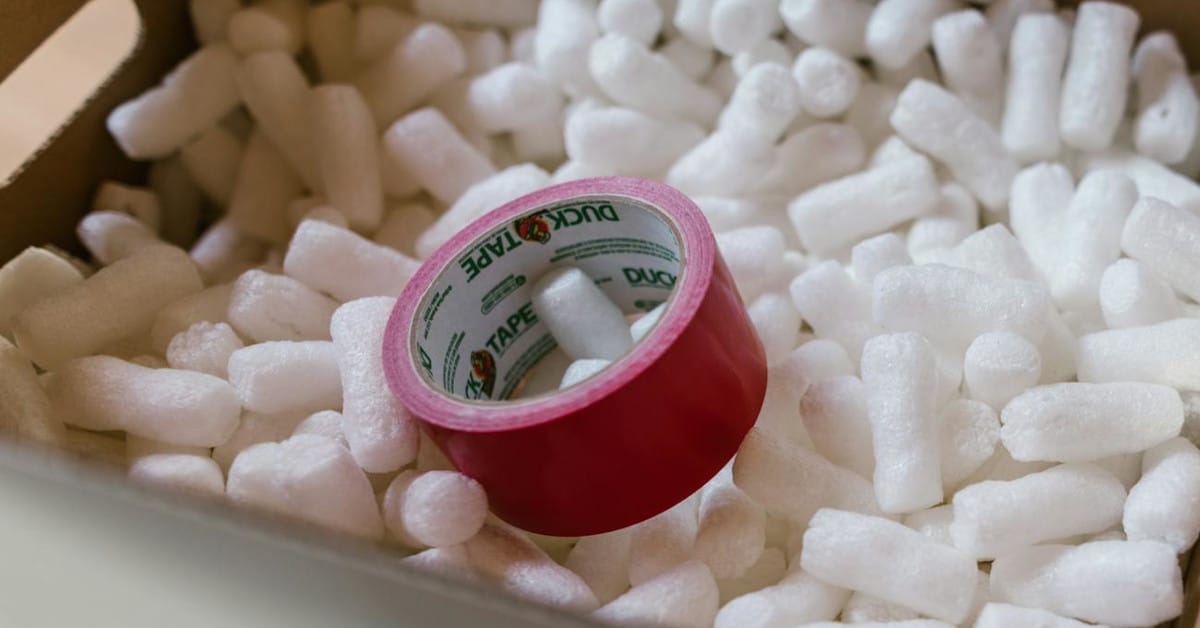
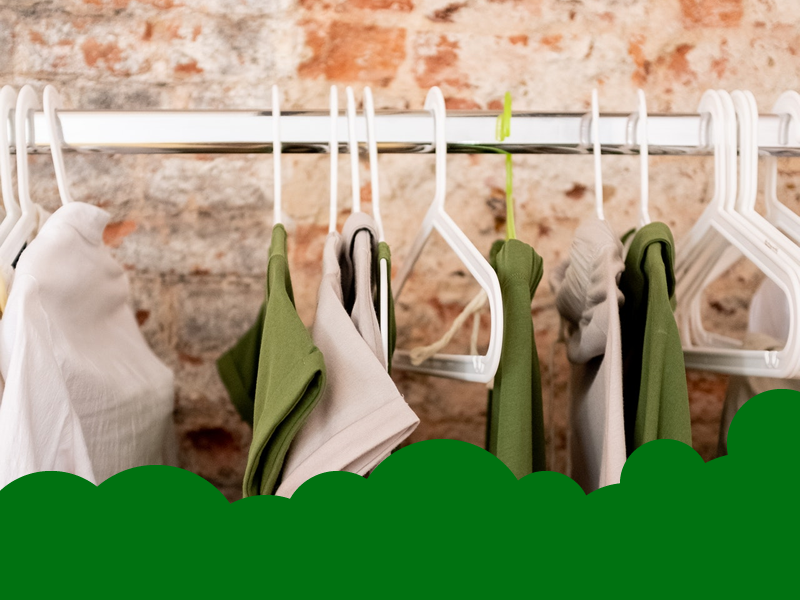
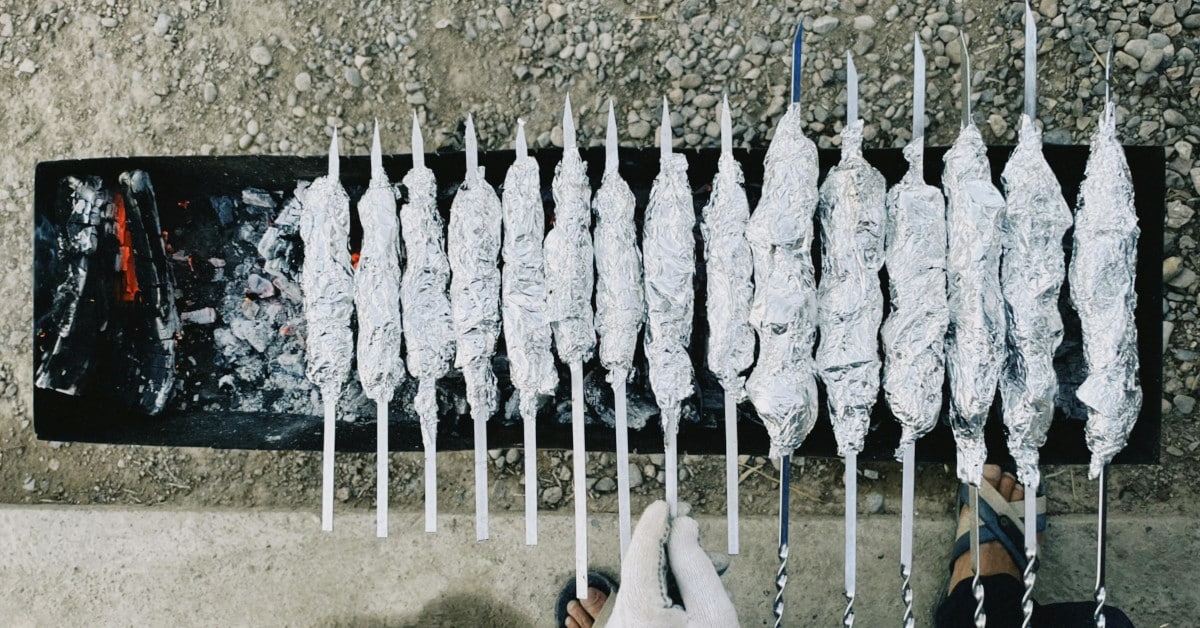
Thank you for caring about our earthly home.